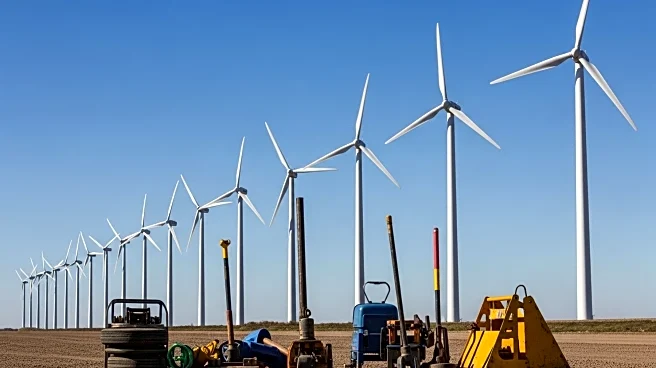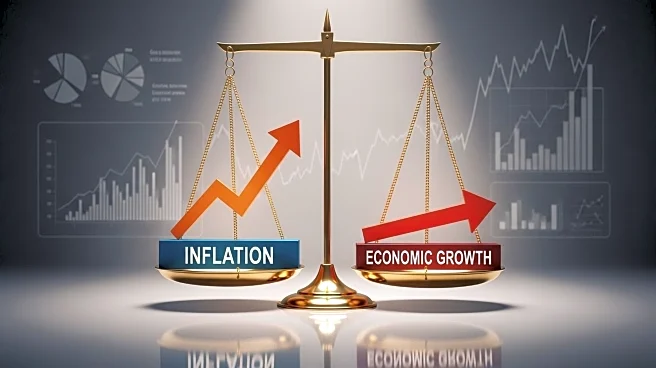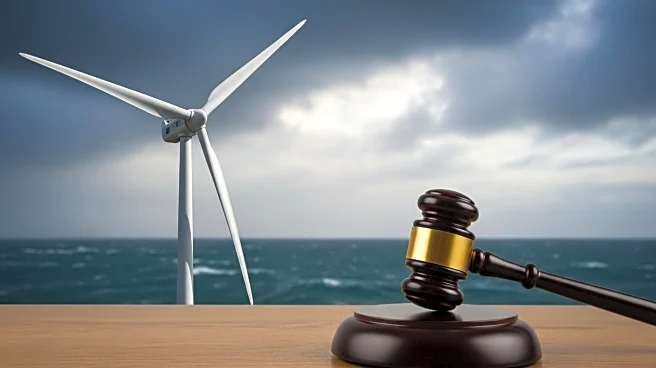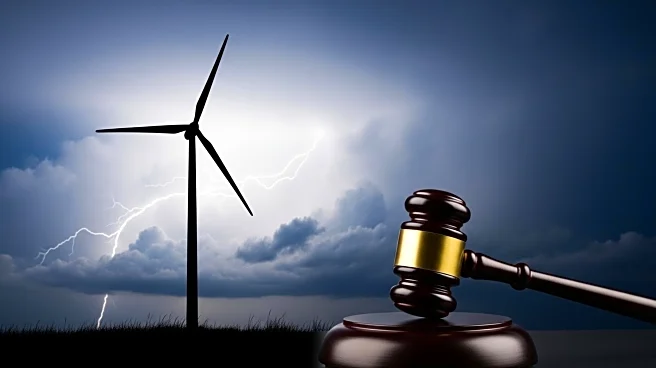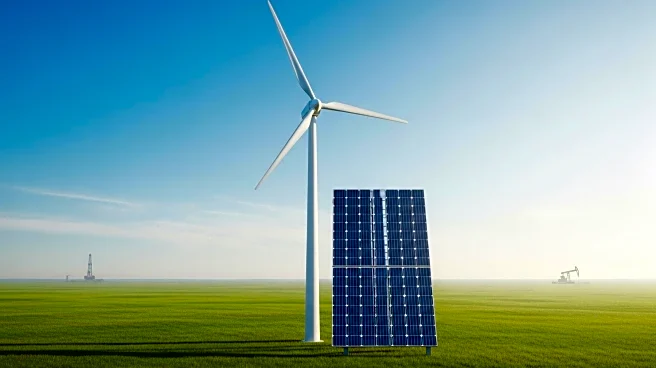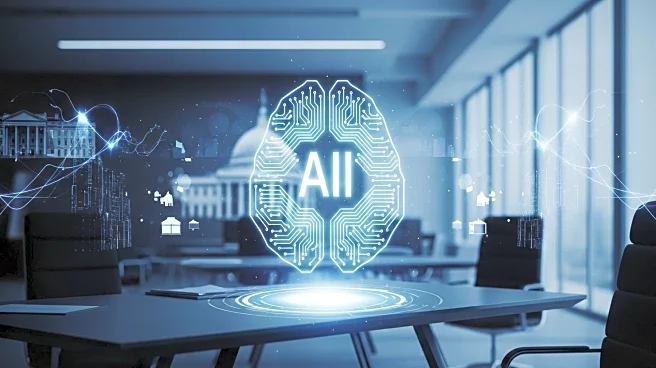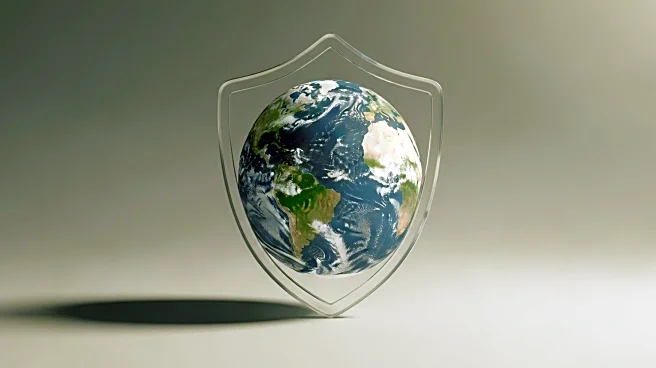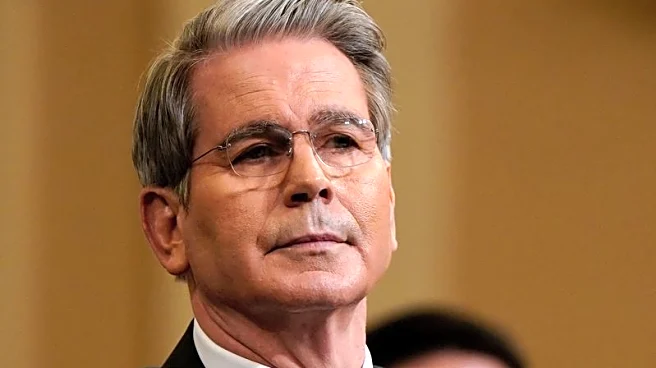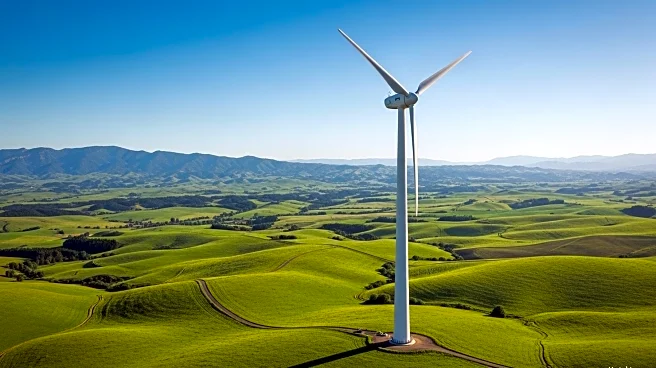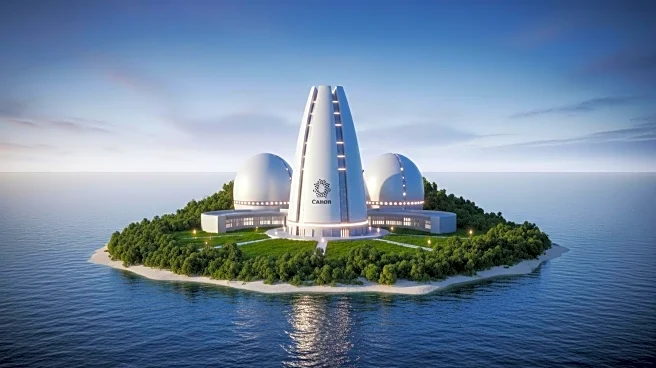What's Happening?
The clean energy sector, a rapidly growing part of the economy, is facing challenges due to labor shortages and policy changes. Despite adding jobs faster than the rest of the economy, the sector has seen project cancellations and job losses since President Trump took office. The administration's policies have created uncertainty, affecting the sector's growth and competitiveness. The need for skilled labor in construction and clean energy is highlighted, with calls for improved workforce development and training programs.
Why It's Important?
The clean energy sector is crucial for economic growth and environmental sustainability. The challenges it faces could impact the U.S.'s ability to lead in the global clean energy market, which is projected to be worth trillions. Addressing labor shortages and policy uncertainties is essential for maintaining competitiveness and achieving climate goals. The situation underscores the need for strategic investments in workforce development and supportive policies to foster innovation and job creation in clean energy.
What's Next?
Efforts to address the labor shortage may include expanding apprenticeship programs and enhancing education in trades. Policymakers and industry leaders will need to collaborate to create a stable environment for clean energy investments. The sector's future will depend on balancing policy support with market needs to ensure sustainable growth and job creation.
Beyond the Headlines
The clean energy sector's challenges highlight broader issues of workforce development and the transition to a sustainable economy. The need for skilled labor and supportive policies reflects the intersection of economic, environmental, and social priorities. The sector's growth potential offers opportunities for innovation and leadership in addressing climate change and energy security.
